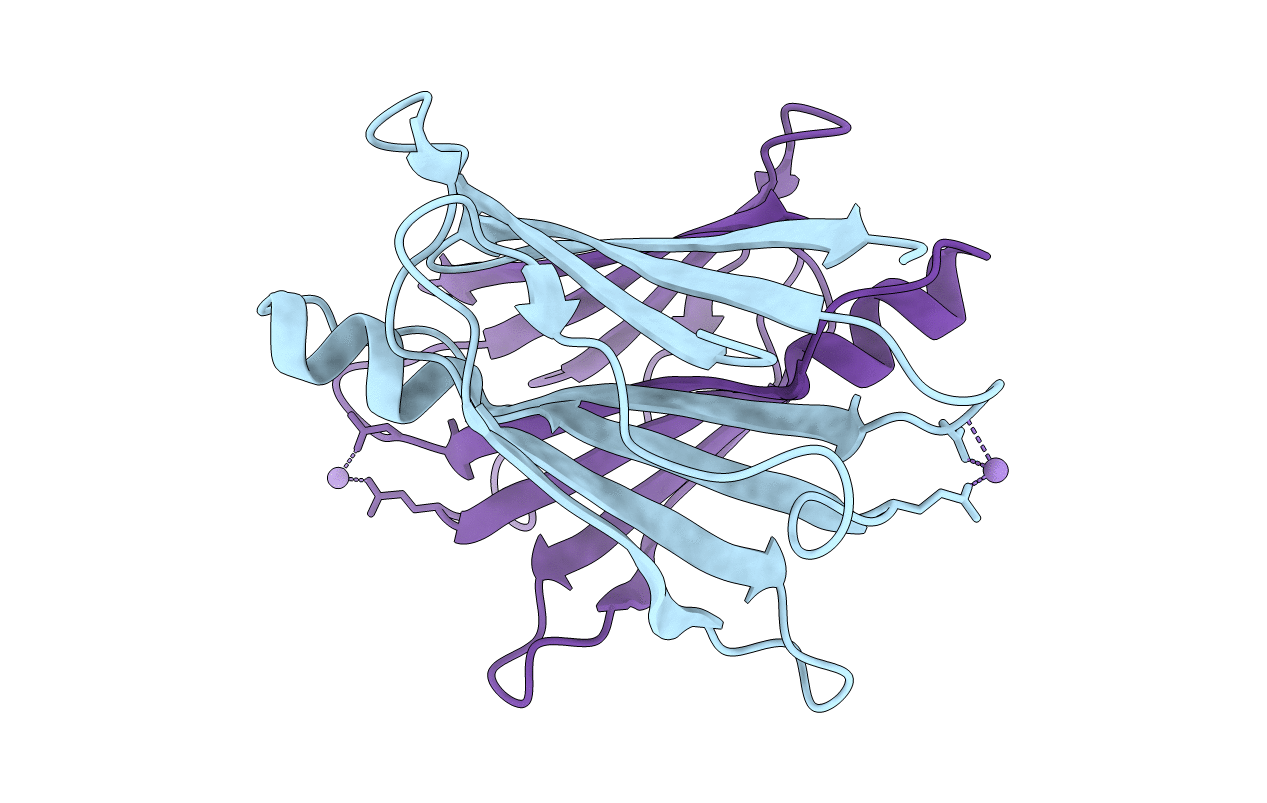
Deposition Date
2017-02-14
Release Date
2018-03-07
Last Version Date
2024-01-17
Method Details:
Experimental Method:
Resolution:
1.80 Å
R-Value Free:
0.24
R-Value Work:
0.19
R-Value Observed:
0.19
Space Group:
P 21 21 2


